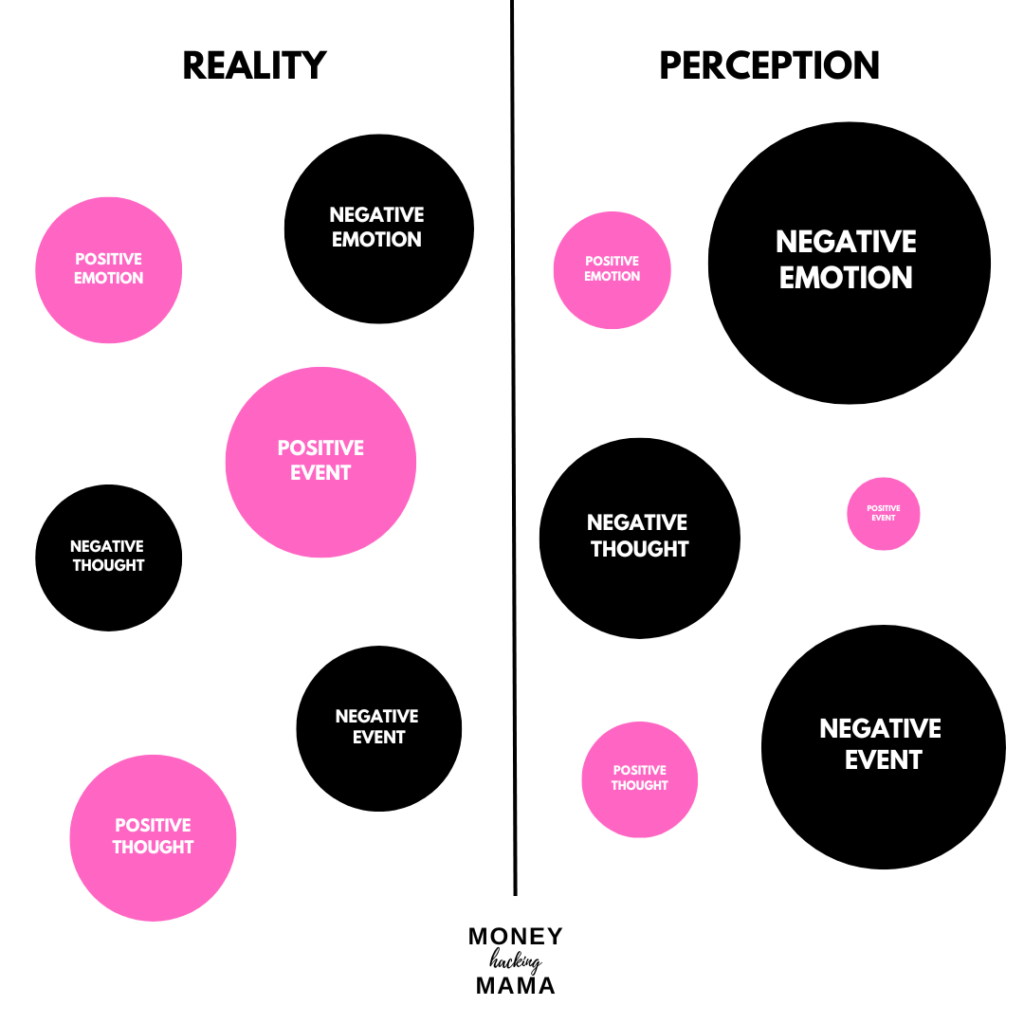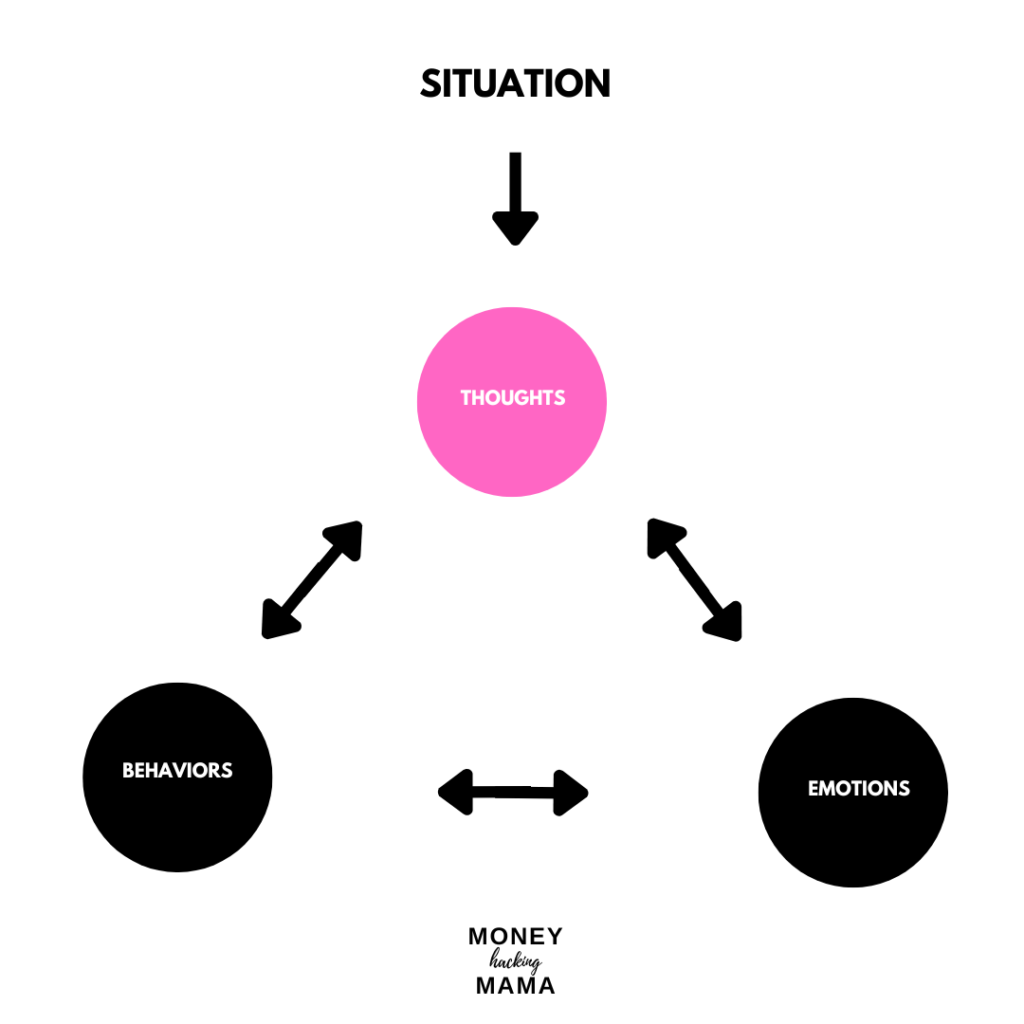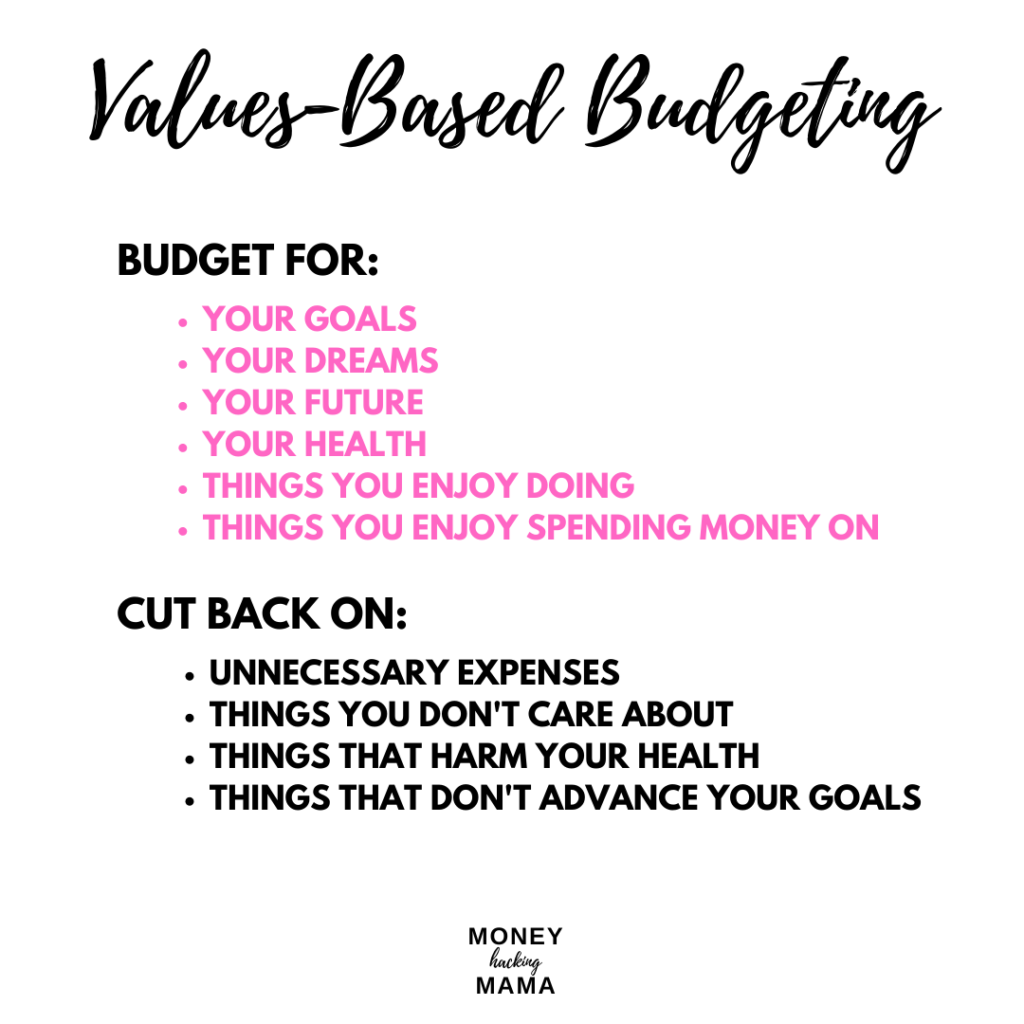I’ve studied wealthy people for over 15 years. Steal the top 5 simple money hacks they use to become wealthy.
“We’re going to have to let you go.”
She never expected to hear those words.
She had to hold it together while she did the walk of shame to her car.
Her shift was supposed to be starting, so her coworker, Maria, was confused.
“Where are you going?” Maria asked.
“I’ve just got fired,” she replied.
Chin quivering, welled-up eyes, she finally got in her car and imploded.
She had scrubbed the toilet in their public restroom for minimum wage, and this was how they repaid her.
Little did she know at that time this was the best thing that could’ve happened to her.
Why?
Because, by 33, she was a millionaire.
These are the 5 simple money hacks that got her there.
Simple Money Hack #1: Time in The Market Beats Timing the Market
The average investing American invests 8% to 12.7% of their income into retirement accounts, according to Vanguard’s How America Saves 2022 Report. Unfortunately, this data doesn’t consider people that don’t invest for retirement at all—according to a report by the Federal Reserve, about one-fourth of non-retired adults had zero retirement savings.
However, by only investing $500 monthly, the average American could be a millionaire by age 62 (assuming they start at 25 years old and their investments produce a 7% average yearly return).
By investing $2,000 monthly, it would only take 20 years to become a millionaire.
And by investing $4,000 monthly, it would only take 12.5 years to become a millionaire.
By only investing $500 monthly, the average American could be a millionaire by age 62.
If these investment numbers sound impossible, remember, if you’re investing in a tax-advantaged retirement account, this is pre-tax dollars. So, it won’t “feel” as bad as it may look because a percentage of that money would’ve gone to taxes anyways.
If you’re thinking, “I can’t do that!” make sure you read the next money hack.
Simple Money Hack #2: Think and Grow Rich
Henry Ford famously stated, “Whether you think you can, or you think you can’t- you’re right.”
Unfortunately, we all have a “negativity bias”. A negativity bias has to do with the fact that even with equal intensity, things of a more negative nature, like unpleasant thoughts, have a greater effect on us than neutral or positive thoughts.

Source: Chart by Rachel Jimenez
Because of this, research suggests that we often think problems and risks are larger and more abundant than the solutions and opportunities surrounding us.
In the book, Think and Grow Rich, Napoleon Hill recommends people set big goals, devise a plan to achieve them, and then maintain a positive attitude about those goals.
Research from positive psychology back up Napoleon Hill’s strategy as a way to fight against our negativity bias. For example, cognitive behavioral therapy teaches us that our thoughts lead to emotions, and emotions lead to behaviors. If we think something is possible, we’ll have energizing emotions to drive behaviors (like deciding to start investing and taking action to get started). If we think something is impossible, we’ll have de-energizing emotions, which can halt behaviors that help us achieve our goals.

So, if you want to be a millionaire, you’ve got to work on your mindset. Start by believing your goals are possible, write them down, and then take action to make them a reality.
Getting started is often the hardest part of doing anything. So, if you’re considering getting started investing, remember, you can start with $100 a month and then slowly increase that number to help you reach your financial goals more quickly.
Simple Money Hack #3: Stop Making This Mistake
Did you know nearly 1 in 10 Americans don’t contribute enough to their employer-sponsored retirement plans to get the full benefit of their employer matches? In other words, they’re leaving free money on the table.
What is an employer match?
Most employers offer employee benefits like retirement contributions, medical benefits, etc. One of these benefits, called an employer match, is when an employer agrees to match retirement contributions up to a certain percentage (often 3-6%). The one catch is that employees must also invest in their retirement accounts to receive the benefit.
For example, if an employer offers a 6% match, the employee must invest 6% of their salary into a retirement account to receive the additional 6% from their employer. If the employee only invests 2%, the employer will only match 2% (thus, the employee is leaving 4% of their salary in free money on the table). And if the employee chooses to invest nothing, they get no employee match.
If you aren’t taking advantage of your employer’s match or taking the full benefit, you may want to reconsider your decision. And if you’re like 35% of the people in this boat that feel they can’t afford to contribute, keep reading until the end; I have a potential solution for you.
Other employee benefits
It’s important to remind you about other money-saving hacks your employer may offer. Here are my favorites:
Dependent Care FSA
A dependent care FSA is a flexible spending account that some employers allow you to set up to pay for childcare or adult dependent care expenses. These funds are taken from your paycheck pre-tax and used to reimburse you for dependent care expenses. So, if you’re effective tax rate is 20%, this can help you save up to 20% on your dependent care expenses.
Tuition Remission
Many employers offer tuition remission, yet only some people take advantage of this massive benefit. Additionally, even if there isn’t a tuition remission benefit stated, don’t be afraid to pitch the idea of your employer paying for an advanced degree, a certificate, or a few classes to help you advance your skills for the benefit of the organization. The worse they can say is no.
Health Savings Account (HSA)
One of the best retirements you can have isn’t technically a retirement account but rather a health savings account. This little-known account has massive tax advantages and can save you a ton of money. However, it’s not something I can explain in a few paragraphs, so check out this in-depth guide from the Mad Fientist if you want to learn more.
Simple Money Hack #4: Pay Mortgage Biweekly
Want a hack that will only take 15 minutes and save you over $100,000?
Here it is: Pay your mortgage bi-weekly.
As you can see here, if you have a $300,000 mortgage with a 7% interest rate that you pay monthly over 30 years, you’ll pay over $400,000 in interest alone.
Source: Bankrate Amortization Schedule Calculator
However, by splitting your monthly payment into two bi-weekly payments, you can save over $100,000 and only pay $315,139 in interest over the life of the loan.
To see if bi-weekly payments are possible, call your lender to ensure there are no pre-payment penalties on your loan, and ask them what you need to do to set them up.
Simple Money Hack #5: Create a Value-Based Budget
I can sense your eyes rolling.
But stick with me for one more minute.
- Have you ever reached the end of your paycheck and had more month left?
- Have you ever had to put an unplanned expense on a high-interest credit card?
- Have you ever reviewed your bills and been astonished by the amount you spent on fast food?
If you answered yes to any of these questions, a budget could work for you.
Most people hear “budget” and recoil in disgust and horror.
I get it; budgets bring about thoughts of restriction, lack, and deprivation.
But there’s another side, a bright side, to budgeting.
There’s another side, a bright side, to budgeting.
Budgeting can help you relieve the stress of living paycheck to paycheck.
It can relieve the anxiety of not knowing how to pay for an emergency.
Most importantly, having a values-based budget (a budget that aligns with your goals and values) can help you spend money on what matters to you most (whether that be eating out or taking your dream vacation across Europe for a month).

Source: Rachel Jimenez
This is one of the simplest money hacks out there, and it can build a strong financial foundation for you if you use it.
They say money can’t buy happiness, but research shows it can help alleviate stress and provide calm and control. You’ve got to remember that if you don’t control your spending, it will start to control you.
To Sum It Up
If you want to become a millionaire, start by focusing on the biggest money moves you can make, including these simple money hacks:
- Start investing. If you’re not in the game, you can’t win the game. So you’ve got to get started.
- Believe and take action. It works for Ted Lasso. It works for entrepreneurs and athletes. It can work for you too.
- Don’t leave money on the table. Review your employer benefits to ensure you’re taking advantage of all of them.
- Pay bills creatively. Remember, one small monthly change could save you $100,000 or more when done consistently for years.
- Align your spending habits with your goals and values. Either you control your spending, or your spending controls you.
And remember, if you ever get fired or laid off, it’s not as bad as it seems, and it just may be the best thing that could have happened to you in the long run.
You may like these:
- Oprah Winfrey Quotes & 5 Important Lessons on Becoming a Billionaire
- How to Get Rich From Nothing: 6 Surprising Lessons from Andrew Carnegie
The Friendly Agreement
If you found value in this simple money hacks article, can you do me a favor and share it? It takes you 10 seconds, and this post took me 10 hours to make.
Still here?
If you want more simple money hacks to help you earn income passively, I’ve got an amazing resources for you.
I created the Ultimate Passive Income Startup Checklist because two of the biggest challenges people struggle with when making money is not knowing where to start and feeling overwhelmed. This checklist will solve both problems and help you create your first passive income product in as little as a day.




